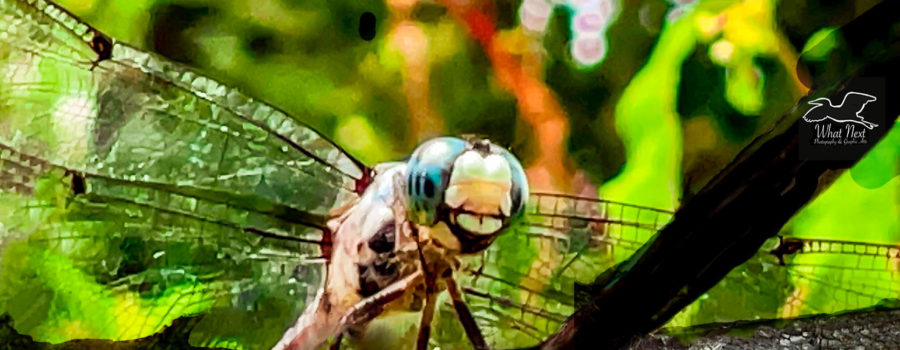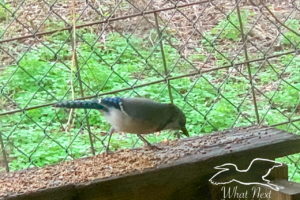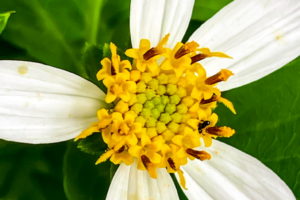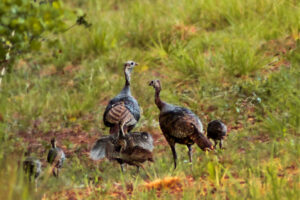A Great Blue Skimmer this Summer was a Happy Surprise

As most of you probably know by now, I live in a sandhills habitat, which is noted for being dry and sandy. We get plenty of rain most of the summer, so we aren’t a desert, but the sandy hills pull the water down pretty quickly. Most puddles don’t last long, even after hurricanes. That means that we don’t get certain kinds of wildlife, especially certain kinds of insects. And one of the things we don’t see a lot of up here is dragonflies. We do get quite a few of the female Eastern pondhawks, who are known for moving away from the water to hunt before they are ready to breed. They return to the wet areas for breeding. The males tend to stay near the water, so we rarely see them up here. At the beginning of August I kept seeing a large dragonfly that was definitely not a pondhawk, but every time I would start to get close, it would fly away, giving me just a short glimpse and no time for photos. It was hanging around in my backyard area, and I saw it for several days in a row when I would go outside to feed the birds and squirrels.
One afternoon I was up on the back porch putting out a suet block for the birds when I spied it on a small branch near the porch. I don’t think it realized I was on the porch, so I was able to get a good view of it and even managed to snap a couple pictures before it took off after something that flew by. I tried to make sure I got some decent wing detail and that beautiful white face surround by large turquoise eyes. With those details it wasn’t difficult to find out that this was a female Great blue skimmer (Libellula vibrans). The Great blue skimmer is a member of the Libellulidae family, also known as the King skimmer family due to their large size and aggressively territorial behavior. But unlike most of the other species in this family, Great blue skimmers don’t always live around large bodies of water. They can often be found in areas with small ponds or areas of standing water, and will sometimes even hang around temporary puddles or roadside ditches. Also unlike most skimmers, these guys don’t necessarily needs lots of bright sunlight, so they can be found in forested areas and in the swamps and bogs. I assume that this one was here making use of my ponds and water troughs, none of which are very large.
Great Blue skimmers are fairly common in most of the Eastern United States and into Ontario, Canada. They are easily distinguishable from other skimmers by their white faces. Males tend to have a light blue body that may darken as they age, while females are a rich brown color. Like many other dragonflies, males tend to stay close to the water, waiting for receptive females to approach, while females stray a little further. When the female is ready, she will go to the males, choose a mate and breed. She will lay her eggs one at a time either in the shallow water or on the nearby ground. Before she lays, though, she will skim the water and pick up a drop to position around the egg, making it more likely to stick to the soil. While she does this, the male will hover over her and provide protection from other males and from predators.
I was quite pleased to see the Great blue skimmer hanging around my place. Not only are they pretty and enjoyable to watch as they flit around from place to place, but they eat quite a few pest insects including mosquitoes, biting flies, stink bugs, gnats, midges, flying ants, and even termites. The nymphs are also great at putting away many, many mosquito larvae as they grow. As far as I’m concerned this is one insect that is nothing but welcome here!
Do you like beautiful nature photography and artwork? Do you like interesting and informative nature related content? If you answered yes, then this blog is for you! Join us by subscribing below so that you never miss an episode.





Recent Comments